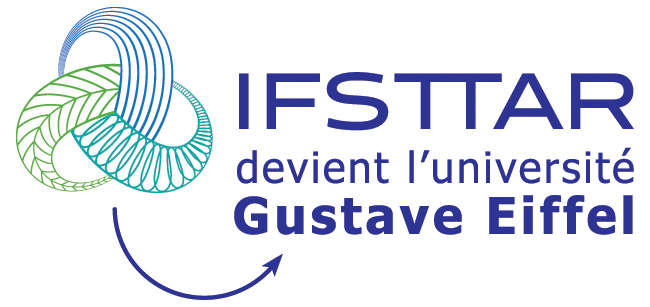A systematic review of instrumented assessments for upper limb function in cerebral palsy: current limitations and future directions
Résumé
Abstract Introduction Recently, interest in quantifying upper limb function in cerebral palsy has grown. However, the lack of reference tasks and protocols, have hindered the development of quantified movement analysis in clinical practice. This study aimed to evaluate existing instrumented assessments of upper limb function in cerebral palsy, with a focus on their clinical applicability, to identify reasons for the lack of adoption and provide recommendations for improving clinical relevance and utility. Methods A systematic review was conducted by a multidisciplinary team of researchers and clinicians (Prospero CRD42023402382). PubMed and Web of Science databases were searched using relevant keywords and inclusion/exclusion criteria. Results A total of 657 articles were initially identified, and after the selection process, 76 records were included for analysis comprising a total of 1293 patients with cerebral palsy. The quality assessment of the reviewed studies revealed a moderate overall quality, with deficiencies in sample size justification and participant information. Optoelectronic motion capture systems were predominantly used in the studies (N = 57/76). The population mainly consisted of individuals with spastic cerebral palsy (834/1293) with unilateral impairment (N = 1092/1293). Patients with severe functional impairment (MACS IV and V) were underrepresented with 3.4% of the 754 patients for whom the information was provided. Thirty-nine tasks were used across the articles. Most articles focused on unimanual activities (N = 66/76) and reach or reach and grasp (N = 51/76). Bimanual cooperative tasks only represented 3 tasks present in 4 articles. A total of 140 different parameters were identified across articles. Task duration was the most frequently used parameter and 23% of the parameters were used in only one article. Conclusion Further research is necessary before incorporating quantified motion analysis into clinical practice. Existing protocols focus on extensively studied populations and rely on costly equipment, limiting their practicality. Standardized unimanual tasks provide limited insights into everyday arm use. Balancing methodological requirements and performance evaluation flexibility is a challenge. Exploring the correlation between outcome parameters and therapeutic guidance could facilitate the integration of quantified movement assessment into treatment pathways.
Fichier principal
 Rozaire et al. - 2024 - A systematic review of instrumented assessments fo.pdf (4.37 Mo)
Télécharger le fichier
Rozaire et al. - 2024 - A systematic review of instrumented assessments fo.pdf (4.37 Mo)
Télécharger le fichier
Origine : Fichiers éditeurs autorisés sur une archive ouverte
licence : CC BY - Paternité
licence : CC BY - Paternité


